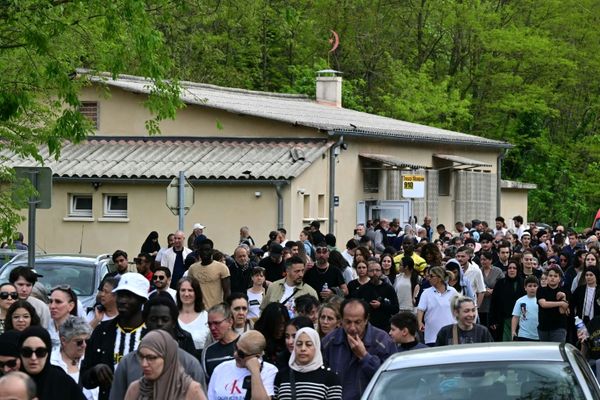
First performed by the Ballets Russes in Paris in 1923, with choreography by Bronislava Nijinska, Les Noces (The Wedding) was reputedly Stravinsky’s favourite of all his works. By any standard, it’s one of his greatest, most startlingly original creations, as much of a landmark in 20th-century modernism as the more celebrated Rite of Spring, but it was a score that took 10 years to reach the form in which it’s usually heard today – the singers accompanied by untuned and tuned percussion, including a quartet of pianos.

Stravinsky had first conceived the idea of a ballet based on the wedding rituals of Russian peasants in 1913. He completed the short score of the work four years later, and in 1919 began to orchestrate for an ensemble of two cimbaloms, harmonium, pianola and percussion. Yet he abandoned that score after just a couple of scenes, deciding (erroneously as it happened) that it would be impossible in performance to coordinate the mechanical pianola with the live instrumentalists and singers. But in 2007, the Dutch composer Theo Verbey continued where Stravinsky had left off, completing the remaining scenes of 1919 version, with the pianola taking a central role.
That’s the version recorded here, sung in Russian with the voices of Ensemble Aedes and the instrumentalists of Les Siècles, conducted by Mathieu Romano. They make a superb case for what was after all the initial conception of Les Noces – leaner, earthier and more economical than the later familiar version, a sound world that seems to match the folk-inspired vocal writing even more convincingly.
The Stravinsky was originally prepared for a ballet coupling Les Noces with another work first choreographed by Nijinska, Ravel’s Boléro, which is played in an arrangement by Robin Melchior for the same line up of voices and instruments. What seems an unlikely reworking of a piece that seems to rely so heavily on Ravel’s brilliant orchestration turns out unexpectedly well. The voices dominate, with the instruments largely in support, though there are striking sections when the reedy harmonium and insistent pianola take the lead. It’s beautifully done, but still a curiosity really; the Stravinsky makes the disc worthwhile.
This week’s other pick
Les Nuits de Paris, subtitled Dance Music from Folies Bergère to Opéra , is the latest Bru Zane album from Les Siècles in their more familiar guise as a period-instrument band, conducted by François-Xavier Roth. It’s a collection of lollipops, a mixture of the well known – Waldteufel’s Valse des Patineurs, Valse Lente from Delibes’ Coppélia – and the obscure, such as ballet music from Victorin Joncières’s Le Chevalier Jean, or Philippe Musard’s Ouistiti-Polka. It’s all very French, and presented with great flair and warmth by Roth and his orchestra.







